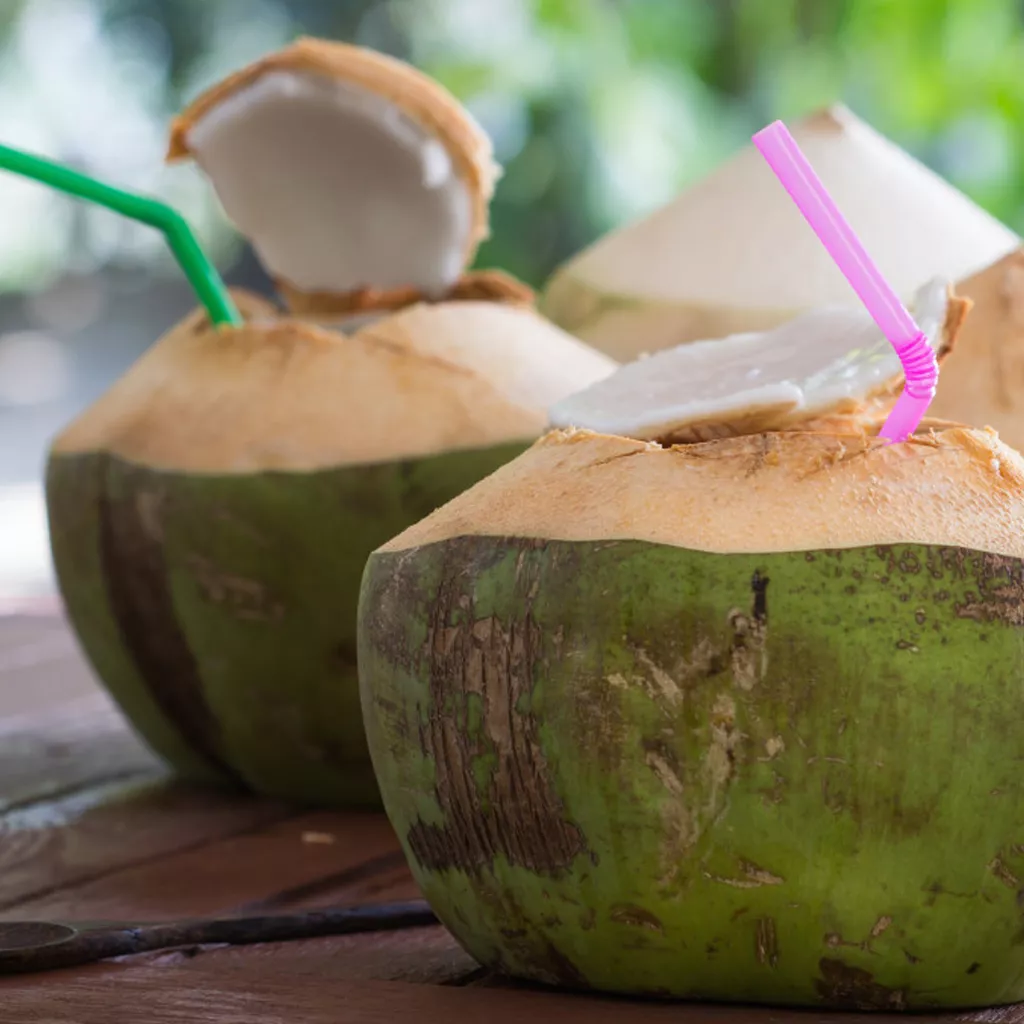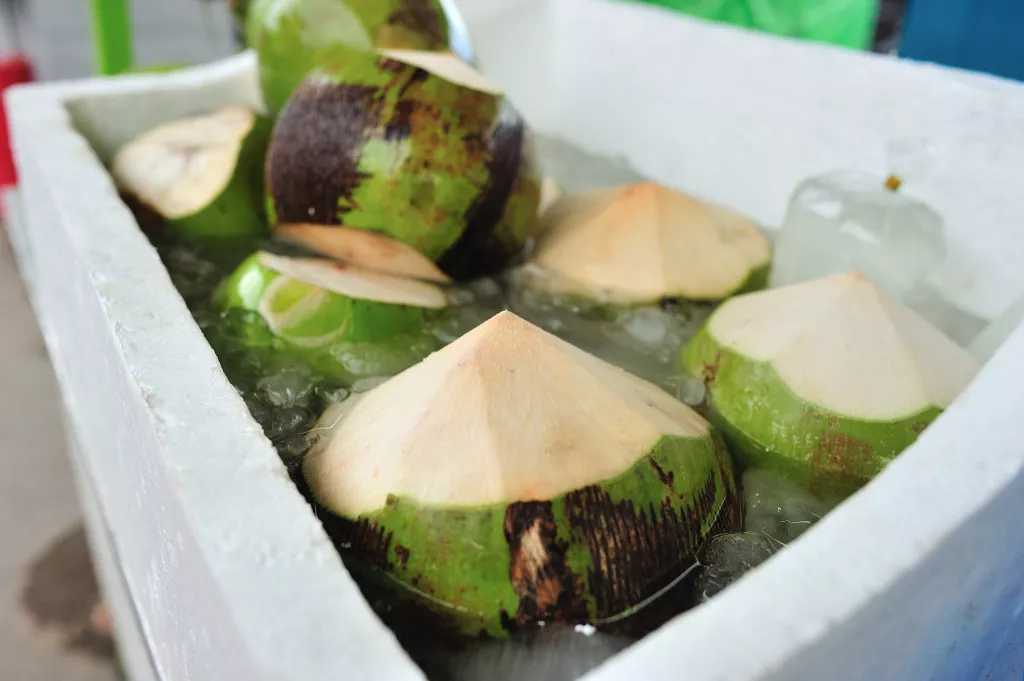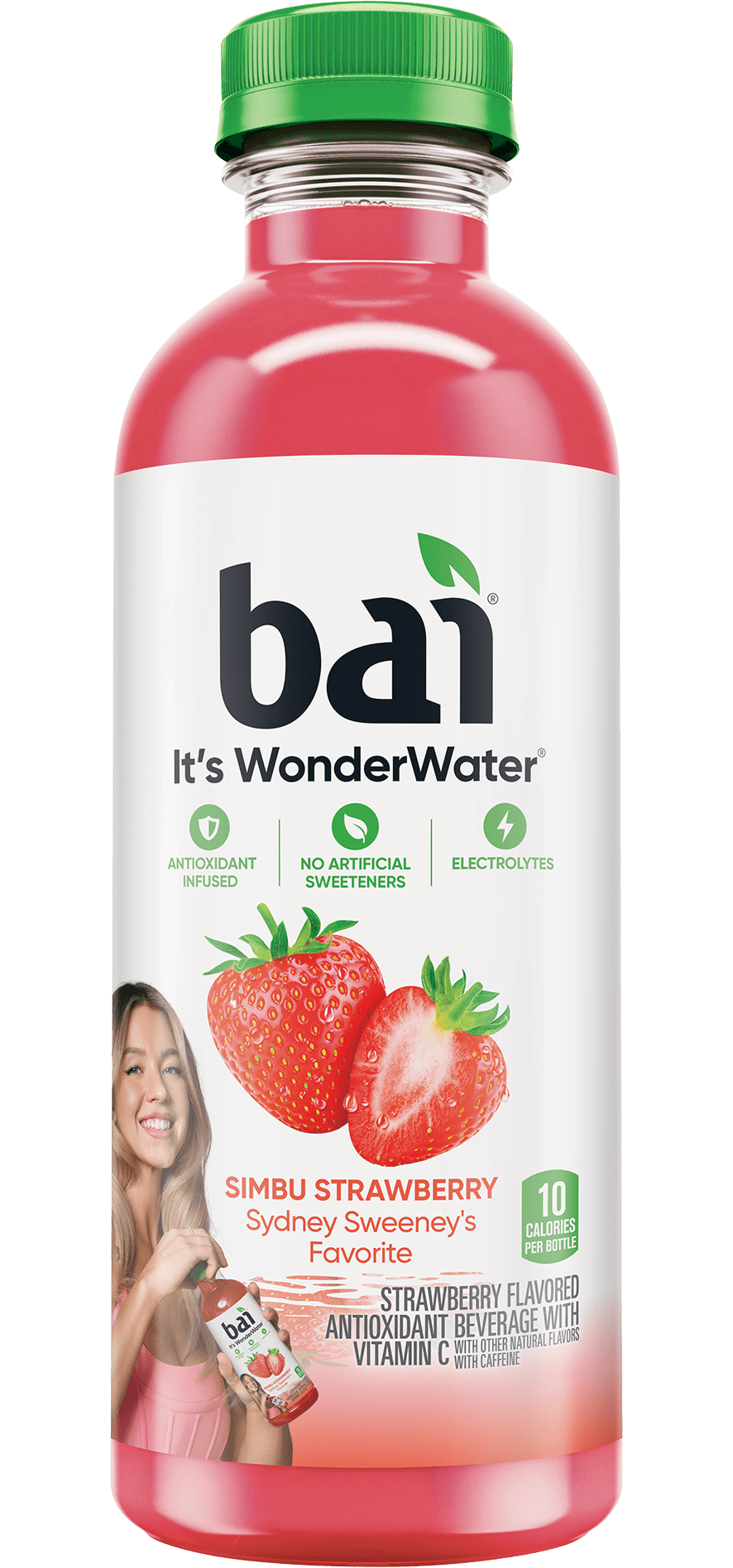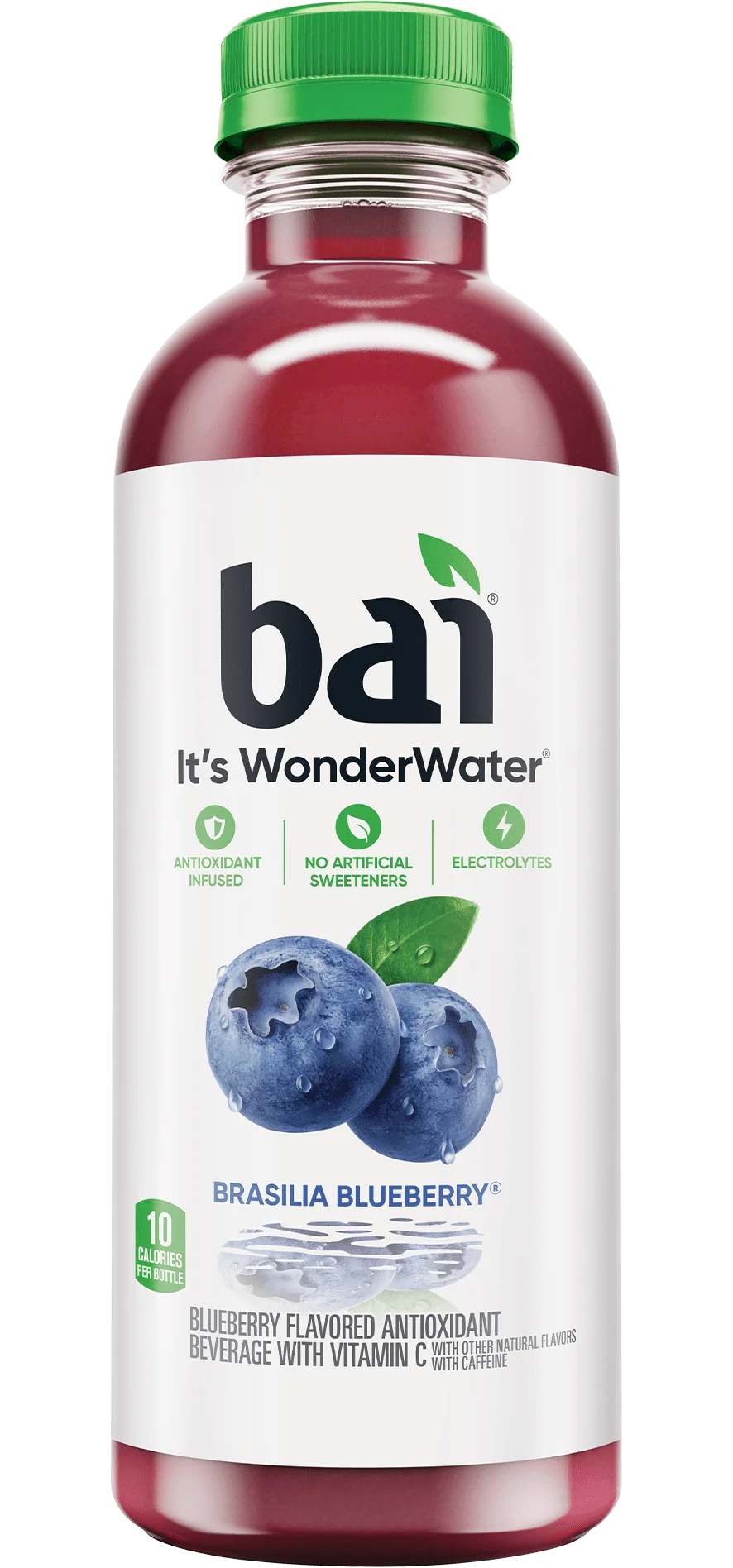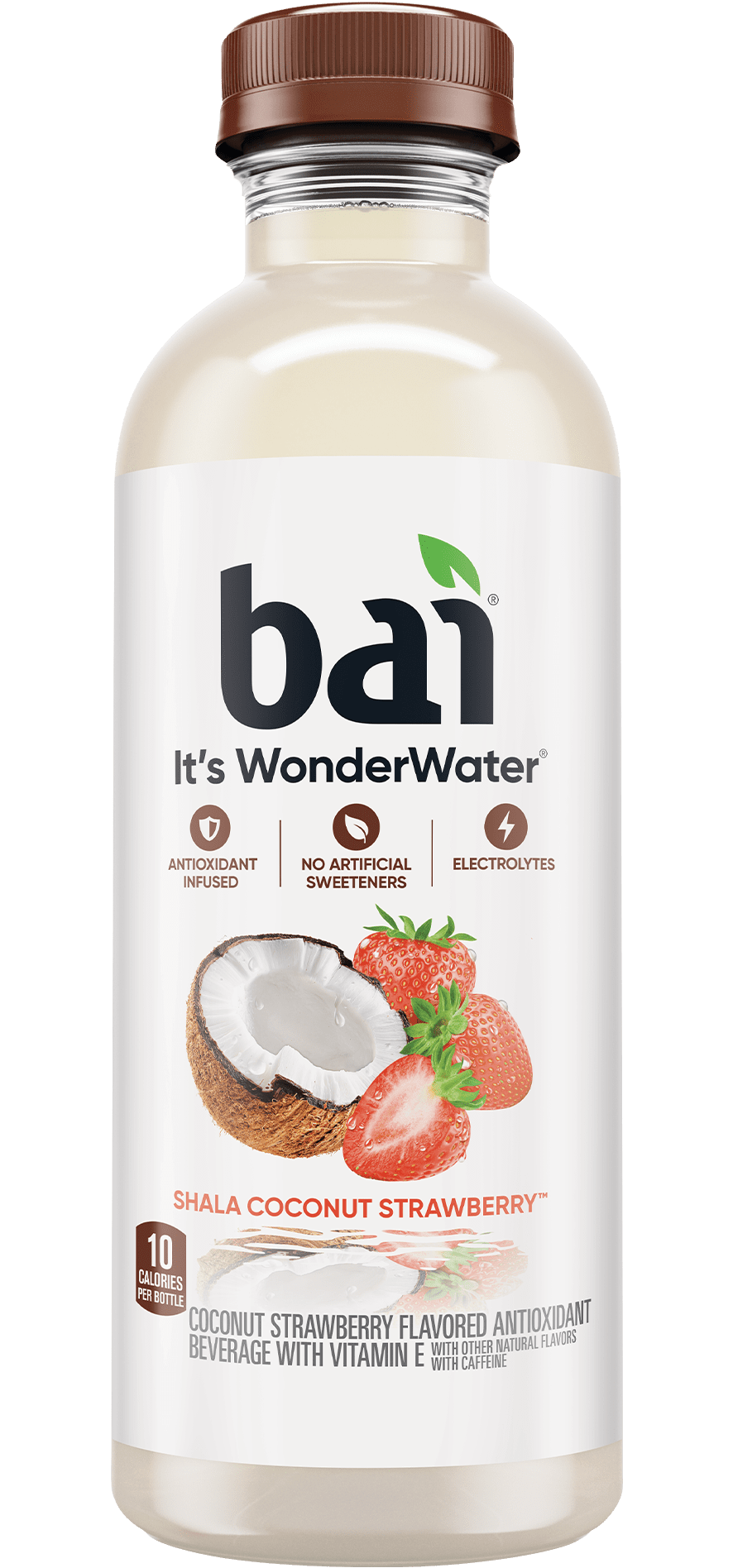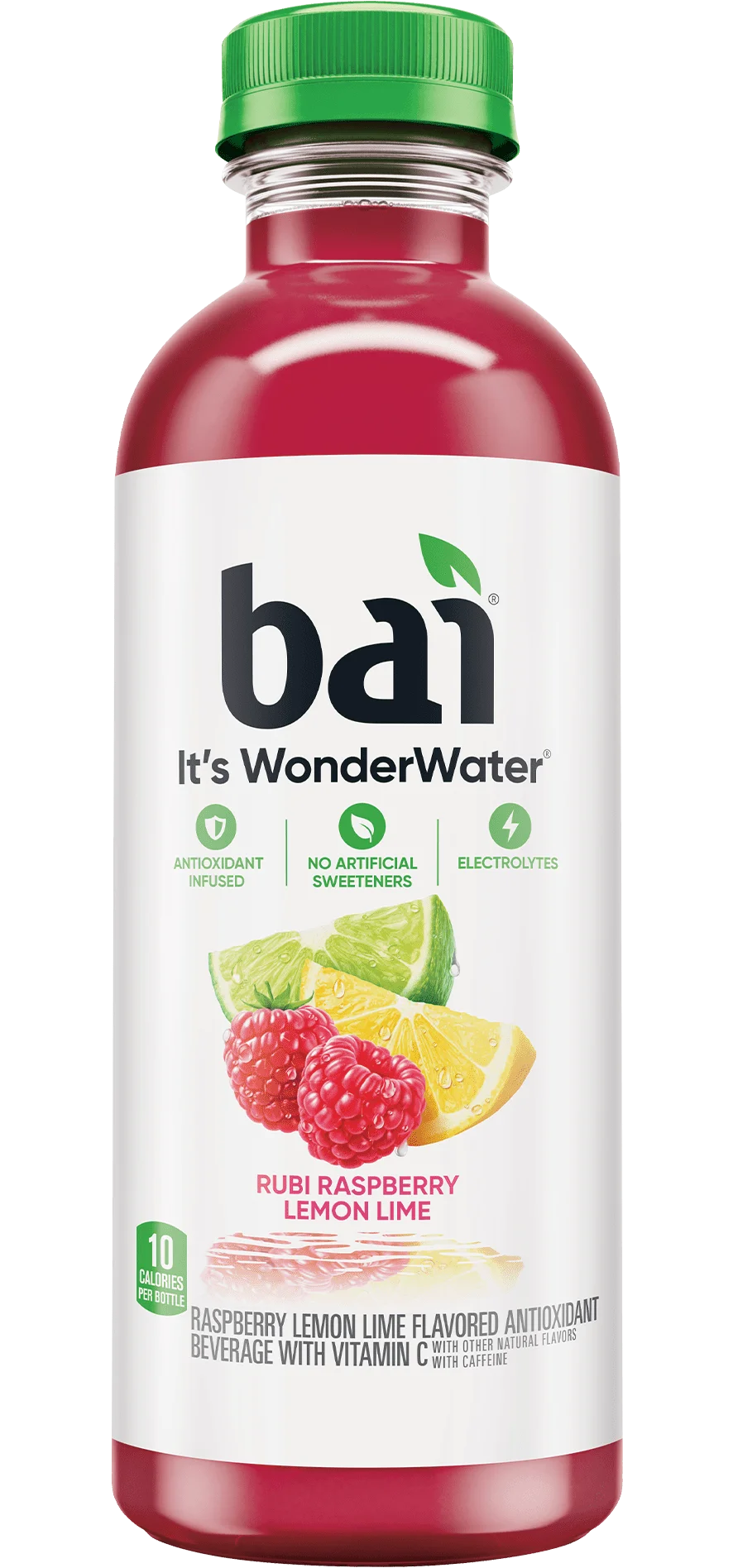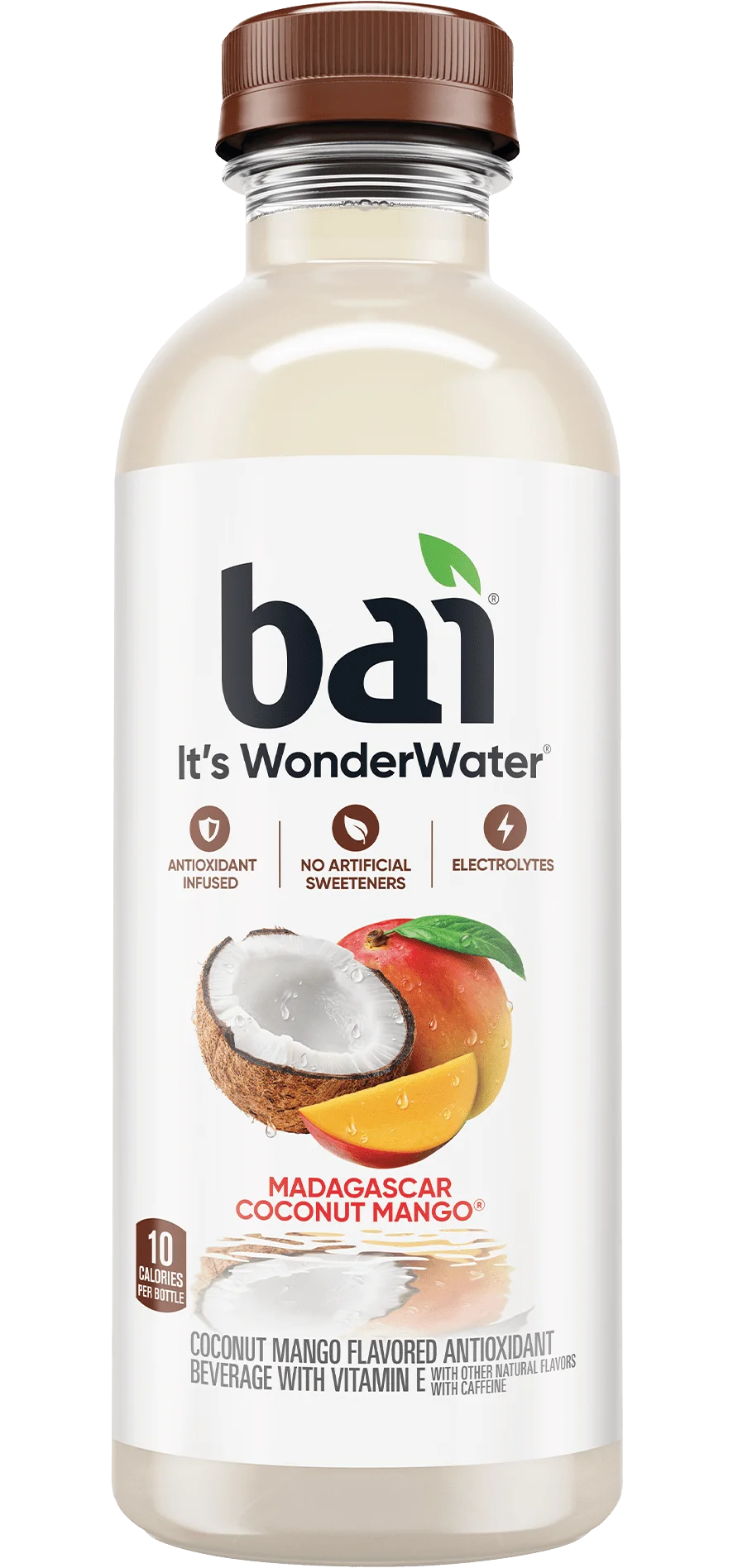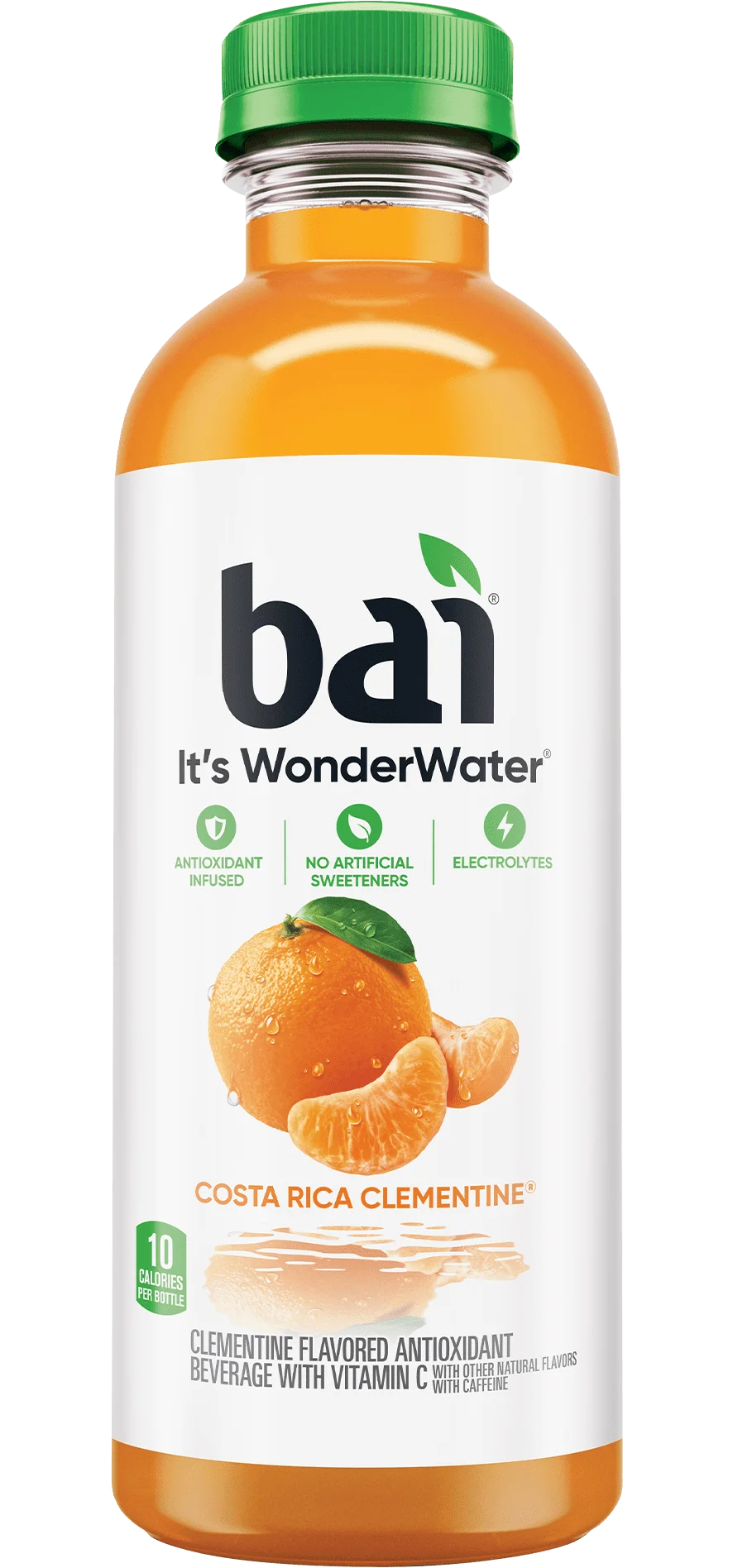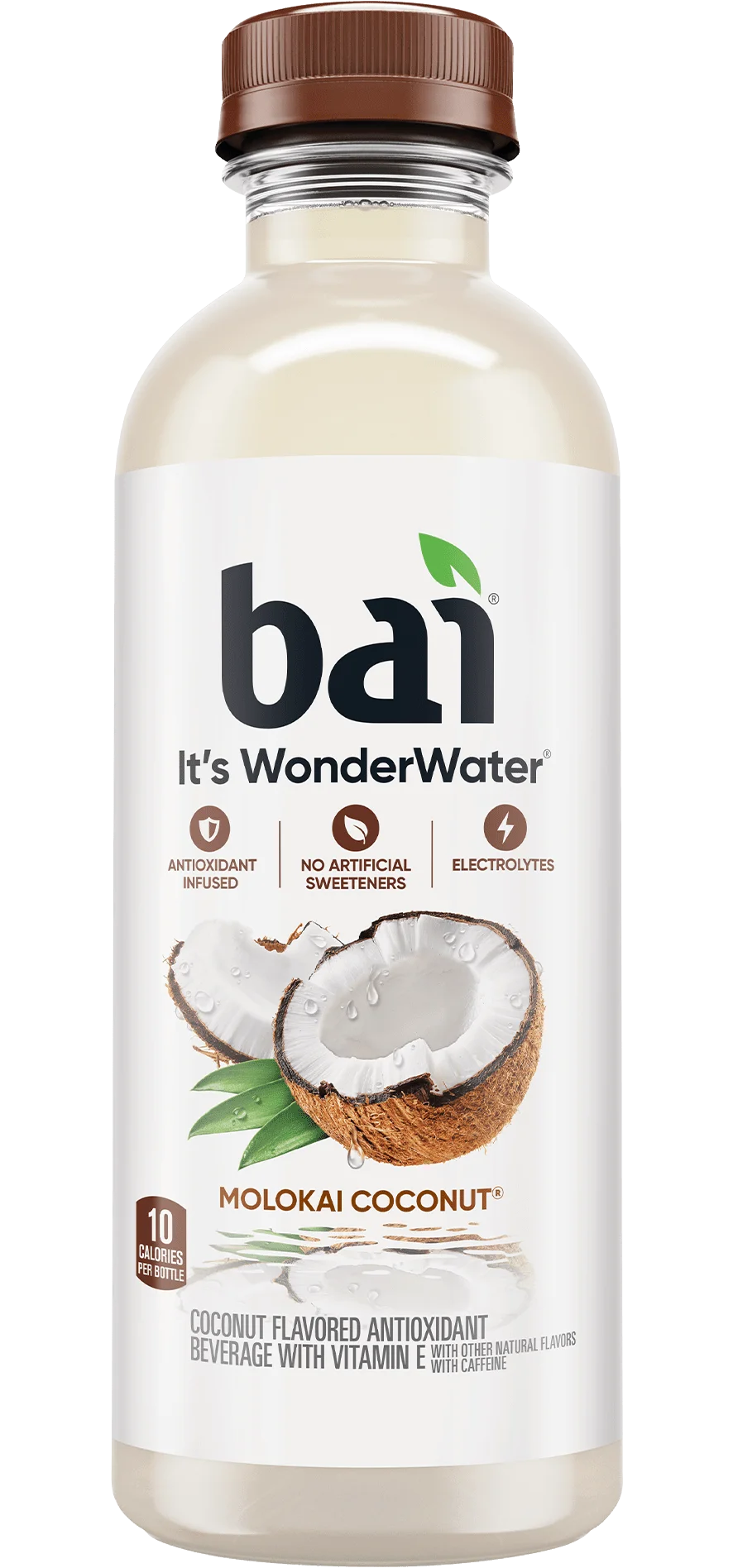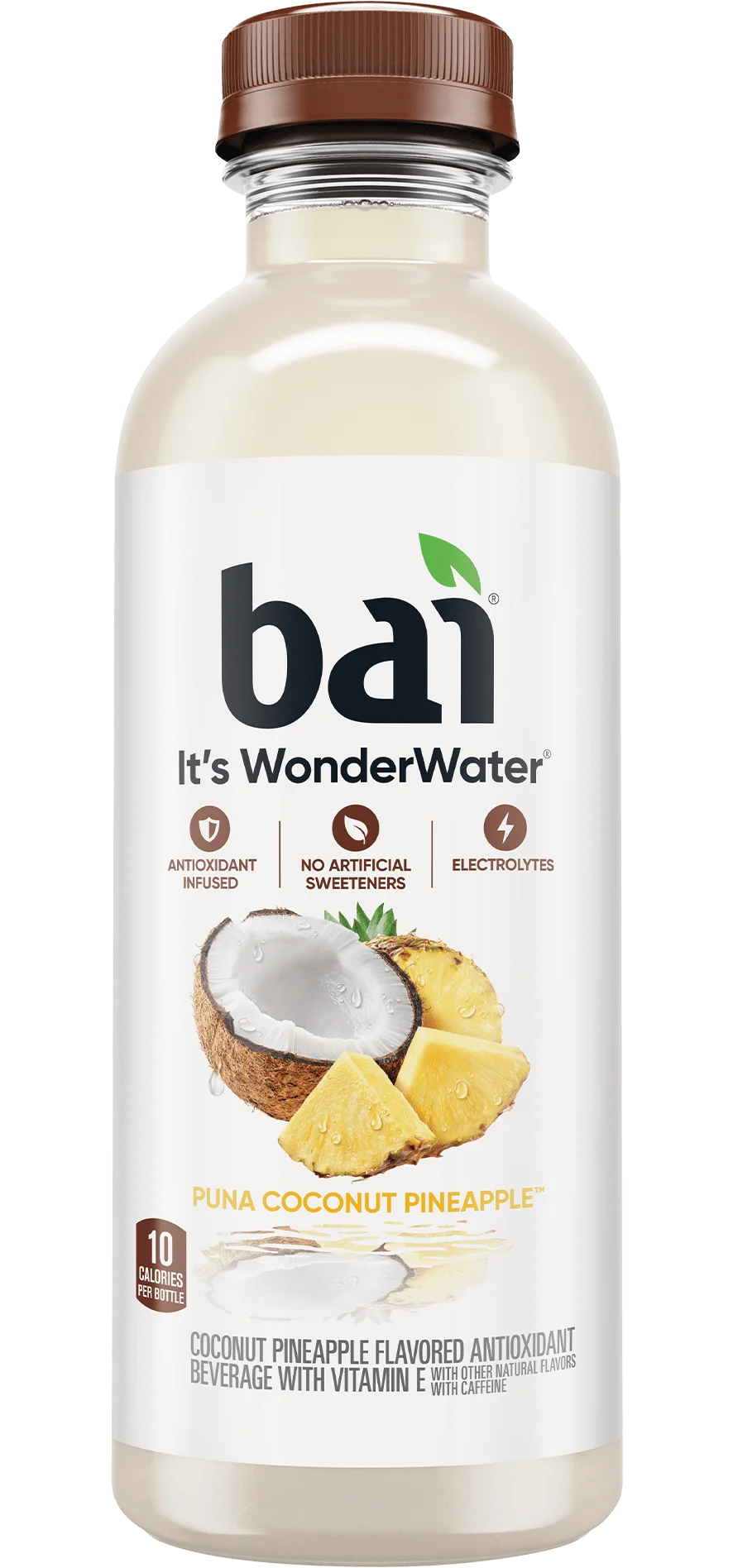By Dan Lewis
There are few phrases scarier in the English language than “emergency blood transfusion.” It gets worse when you’re not in a hospital. And let’s say you’re not even in a place with a doctor’s office or anything resembling buildings nearby – a jungle, perhaps. Then, it’s downright terrifying.
Unless you have a coconut available, then you may be okay.
(May be. You probably won’t be, and that’s even assuming there’s someone who knows what they’re doing, of course. But don’t try this at home. Or, anywhere else for that matter. Just because something might work doesn’t mean it can’t go horribly, horribly wrong, and in this case, it can go horribly, horribly, wrong. It’s still an emergency blood transfusion, with all the risks and dangers associated with such things. And it may not work anyway. So don’t try this. Thanks!)
The odd quirk of science is based on a small study from 2000 – but unfortunately, it’s a very tiny study. That year, the American Journal of Emergency Medicine published a paper from team of researchers discussing what happens when in an area where “medical resources routinely used for intravenous hydration and resuscitation of critically ill patients may be limited.” (That is, you can’t simply procure a bag of saline when in the middle of nowhere.) Noting that, in such situations, medical professionals need to “improvise,” the researchers focused on coconut water – the liquid naturally found inside a coconut when you crack it open. (Coconut milk, on the other hand, is what you get when you puree the white flesh from the fruit’s insides.) They cited “the successful use of coconut water as a short-term intravenous hydration fluid for a Solomon Island patient” and concluded that in a pinch, an IV drip of the liquid can keep a dangerously dehydrated person alive.
Unfortunately, that’s the only known example of coconut water being used in such a way, and there’s a lot of reason to think that it’s simply exaggerated if not outright wrong. A 1979 study concluded that while coconut water could be safely introduced intravenously, the benefits of loading up your bloodstream with that stuff is limited at best. The study found that a coconut water IV had a diuretic effect on a large percentage of their 150-plus person study, making it unsuitable for treating dehydration. (The study did, however, suggest that such a hook up could provide an emergency source of potassium or calories, as coconut water is high in fructose.) Further, as a professor of medicine at the University of Iowa told NPR, that 1979 study may have missed an important part – introducing coconut water intravenously can result in a dangerous amount of calcium rushing into the patient’s bloodstream.
There’s good news, though. The coconut water itself can be rehydrating – most medical researchers agree on that point. It’s just the method of ingestion that’s the problem. If you’re dangerously thirsty and you have a coconut available, don’t go rigging up tubes – just drink the water the normal way. It just might do the trick.
Bonus fact: Coconut water’s best medical use may not be for rehydration anyway. Instead, try preservation – of your teeth. According to a 2008 study, if you have a tooth knocked out (“avulsed,” if you know the lingo), coconut water is probably the best place to store it if you hope to preserve it long enough to have it refitted into your mouth.
–
Dan Lewis is the author of the wildly popular daily newsletter Now I Know, which shares something interesting every day.

